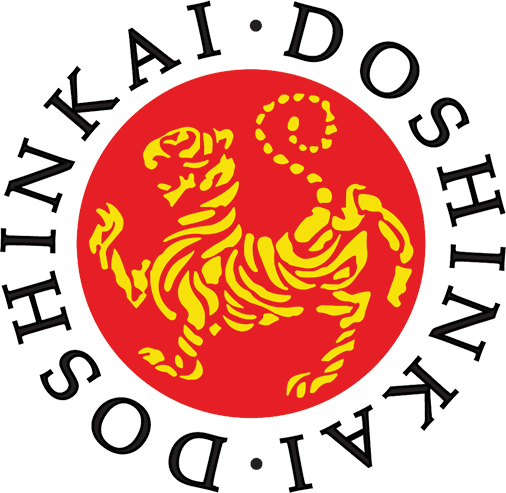Karate History

Gishin Funakoshi, Sensei
Gichin Funakoshi, is revered as the founder of Shotokan karate. Born on November 10, 1868, and passing away on April 26, 1957, his journey in martial arts was shaped by unique circumstances and unwavering determination. Sensei Funakoshi had the rare opportunity to learn from two different Okinawan karate masters, a testament to his commitment to mastering his craft. His resilience and strength of character were legendary; it is said that he once braved a hurricane, standing firm against the wind, as a personal test of fortitude.
In 1922, Master Funakoshi received an invitation to demonstrate his karate skills in Japan. His presentation was met with resounding success, leading him to decide to stay in Japan for the remainder of his life, dedicating himself to the promotion and advancement of karate.
Sensei Funakoshi was not only a martial artist but also a poet, known by the pen name SHOTO, meaning ‘waving pines’. The term KAN translates to ‘house’. In homage to his poetic identity, Master Funakoshi’s
students affectionately labeled his dojo as “Shotokan” – the House of Shoto.
The term ‘Karate’ embodies three layers of meaning:
- The surface meaning refers to combat without weapons, denoting ’empty hands’.
- On a deeper level, it speaks to the character, emphasizing the importance of having a heart and mind devoid of ill will and malevolent intentions. For Master Funakoshi, the essence of karate was to ‘seek perfection of character’.
- At its profoundest level, drawn from Buddhist philosophy, ‘Karate’ reflects the understanding that all things are transient and devoid of inherent existence. Everything undergoes change, and the only constant is change itself. In this philosophical sense, Master Funakoshi chose to name his martial art ‘Karate’.
SHOTOKAN KARATE-DO INTERNATIONAL FEDERATION

Hirokazu Kanazawa, Soke
(May 3, 1931 – December 8, 2019)
Hirokazu Kanazawa, Soke was born 3 May 1931. He trained in judo while he was in high school, achieving a second-degree black belt (second dan) in judo. While at college he saw a group of karate students training and became entirely devoted to this new martial art.
Soke Kanazawa was already a member of the judo club, but he made persistent efforts to join the karate club. An exception was made, and he was accepted, but found himself at a disadvantage: his class had been training for a period and he found himself behind. To catch up to his class he would sometimes train from midnight to 2 AM. Master Kanazawa was granted his first dan after only a year and a half of training.
He graduated from college in 1956 with a degree in commerce, but immediately joined the karate organization. He won the first All Japan Karate Championship in free sparring (kumite) in 1957. He had not intended to compete because he had broken his right hand. However, he found that his mother had traveled to Tokyo to see him compete. And compete he did, with a bandage right hand and was attended by a physician between each bout. He won each match convincingly.
Soke Kanazawa, now a fourth-degree black belt, was sent to Hawaii in 1961 to develop karate in the islands. He established dojos on several of the islands.
In 1977 Soke Kanazawa founded the Shotokan Karate-Do International Federation (SKIF). He spent the rest of his life promoting his philosophy, his karate, and his organization.
The International Martial Arts Federation promoted Soke Kanazawa to 10th Dan in 2000. There is no higher rank. Soke Kanazawa away on December 8, 2019.
WE TRAIN WITH THE SPIRIT OF A LEGEND

